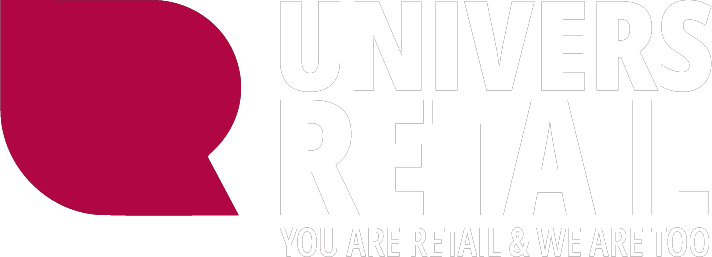A trend is emerging in the spheres of luxury, long associated with opulence and extravagance: the gradual adoption of the circular economy. As prestige brands navigate a landscape of growing environmental awareness, they are redefining their models, processes and facing unprecedented challenges.
A paradigm shift
The luxury goods industry, traditionally focused on exclusivity and rarity, is making the transition to a circular model, with an emphasis on sustainability and social responsibility. This shift reflects a growing consumer desire to commit to environmentally-friendly practices, even at the top end of the market.
The Anti-Waste for a Circular Economy (AGEC) law, Passed in February 2020, aims to transform the "produce, consume, throw away" economic model into a circular economy model. This involves adopting more economical and efficient design and production methods, such as eco-design and industrial ecology. It proposes seeing waste not as waste, but as a resource. Aware of their ecological responsibility, players in the luxury goods sector play a crucial role in this transformation, and must respond to consumers' growing expectations in terms of sustainability.
Developing innovative models
Luxury brands are encouraged to adopt more sustainable practices: eliminate single-use plastic, improve information sharing with consumers, combat waste and promote reuse, fight against programmed obsolescence, and improve production processes.
Pioneering luxury houses are developing innovative models to integrate the circular economy into their business. Some are adopting "re-commerce" practices, allowing customers to resell or exchange their used products. Others are investing in research into sustainable and recycled materials for their collections, pushing back the boundaries of creativity while preserving natural resources. In 2021, Kering revealed its circularity ambition, structured around four main axes: promoting sustainable luxury, adopting a holistic approach, innovating for optimized resource management and collaborating with the entire industry.

The brand transformation process
The transition to a circular economy requires an overhaul of production and distribution processes. Luxury brands are rethinking their supply chains to reduce waste and minimize their environmental footprint. From design to manufacture, every stage is rigorously scrutinized to ensure efficient resource management and reduced impact on the planet. Traditionally, sustainability is based on the 3Rs: Reduce, Reuse, Recycle.
However, the circular economy extends this concept to the 9Rs, including actions such as Refuse, Repair and Recover, offering multiple opportunities to improve efficiency and reduce waste.
Adopting a circular economy model involves up-front costs for companies, including the purchase of recycling equipment and the modernization of production lines. These expenses also include collection, recycling, product reconditioning and employee training. However, these costs should be seen as long-term investments, likely to generate significant savings. According to a report by the Ellen McArthur Foundation, the transition to a circular economy could unlock a global economic opportunity of $4.5 trillion by 2030, thanks to material cost savings and new revenue streams.
A vision for the future
However, the adoption of the circular economy in the luxury sector is not without its challenges. Reconciling sustainability and exclusivity remains a major issue. How can we maintain the image of prestige while adopting more responsible practices? What's more, the transition to alternative materials can sometimes compromise product quality and aesthetics, requiring constant innovation and adaptation to new standards.
The challenges of the circular economy include cost-effectiveness, sourcing, traceability, transparency and authentication of materials. In addition, the durability of new products and over-consumption also represent major obstacles to be overcome for a successful transition to this economic model. Implementing these practices requires significant investment and a change in mentality on the part of companies and consumers alike. However, these efforts are essential to ensure more sustainable resource management and reduce environmental impact.
Despite these challenges, the luxury goods industry is resolutely committed to the circular economy. Luxury brands recognize the urgent need to act in the face of environmental challenges, and see this transition as an opportunity to strengthen their legitimacy and sustainability. By rethinking their models and processes, and boldly rising to the challenges, they are shaping a future where luxury rhymes with sustainability.
Conclusion
In conclusion, the adoption of the circular economy in the luxury sector marks a significant turning point in the history of this iconic industry. Through innovative models, transformative processes and the resolution of complex challenges, luxury brands are embarking on a quest towards a more conscious and responsible form of luxury, where elegance blends harmoniously with sustainability.
Luxe by Univers Retail supports you in your luxury projects to enrich and enhance your brand with a focus on excellence.
By Ghalia Boustani.


